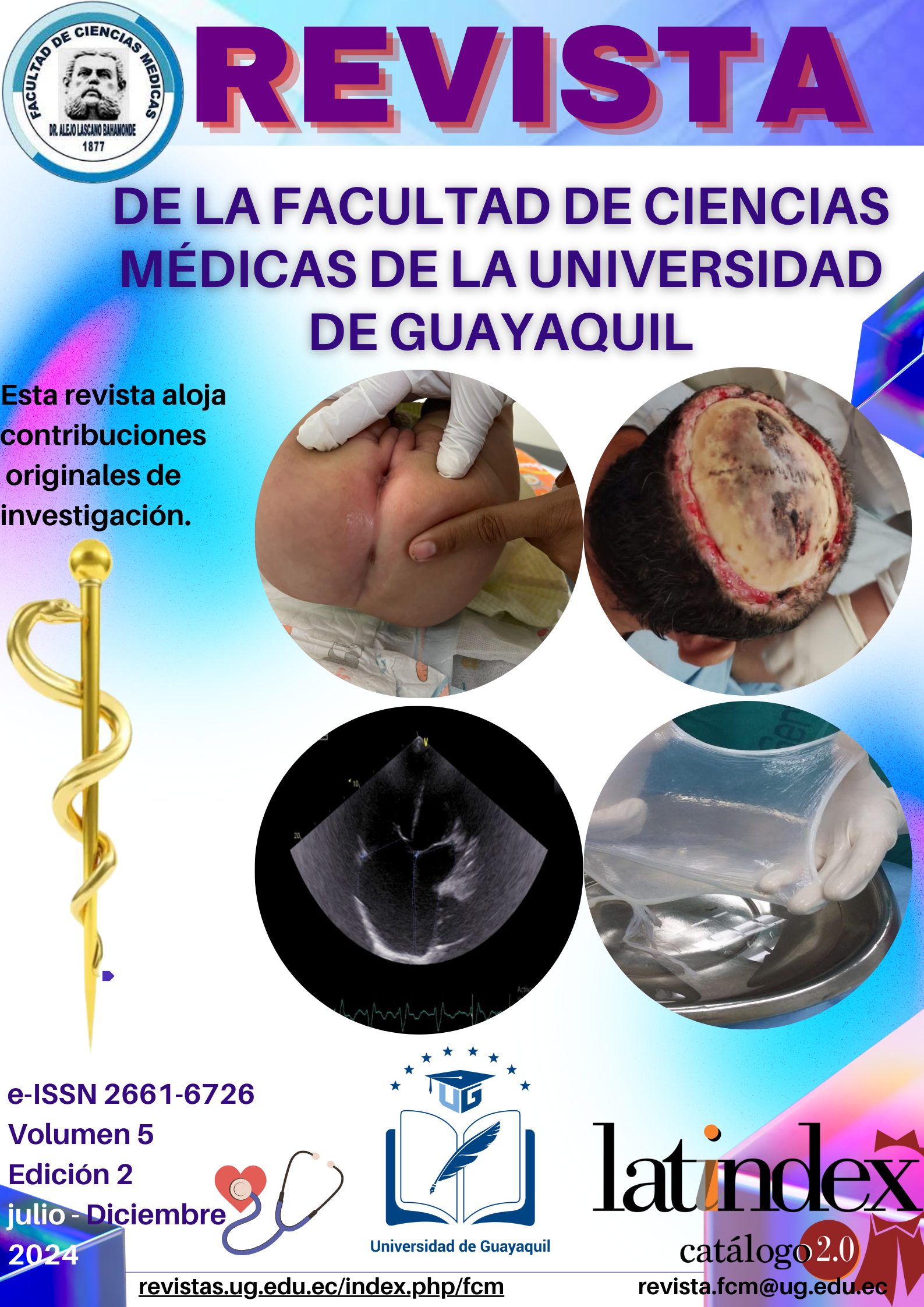Anal atresia: a case report
Keywords:
anorectal malformation, imperforate anus, cloaca, pediatric fecal incontinenceAbstract
Objective: To describe the case of a patient with anal atresia.
Introduction: Imperforate anus or anal atresia is a congenital anorectal malformation in which there is no normal anal opening at birth. Approximately half of the patients with anal atresia also have anomalies in other organ systems. Late diagnosis can occur in one out of every five newborns, despite routine postnatal evaluation. Such delay can increase morbidity and mortality.
Case Report: A 2 months and 15 days old female patient, accompanied by her mother, presented for her first checkup at a Type A health center in a rural community.
Discussion: In this patient, it is important to highlight that she had not received any medical attention until she came to our health center at almost 3 months old. During the physical examination, the absence of an anus and the passage of feces through the vagina (cloaca) were evident. While it is true that late diagnosis can occur in one out of every five newborns, in this patient, the delay was over 2 months, for which we could not find similar cases in the literature.
References
Singh M, Mehra K. Imperforate Anus. 2023.
Smith CA, Avansino J. Anorectal Malformations. 2023.
Sawada H, Toyota K, Ikeda M, Hakoda K, Hotta R, Inoue M, et al. Anal Atresia in a Patient Who Had Undergone Hartmann Procedure. Am J Case Rep. 2021 Sep 11;22:e932764.
Stephens F D SE eds. Incidence, frequency of types, etiology. In: Anorectal Malformations in Children. Chicago, IL: Year Book Medical. :160–71.
SANTULLI T V. The treatment of imperforate anus and associated fistulas. Surg Gynecol Obstet. 1952 Nov;95(5):601–14.
Falcone RA, Levitt MA, Peña A, Bates M. Increased heritability of certain types of anorectal malformations. J Pediatr Surg. 2007 Jan;42(1):124–7; discussion 127-8.
Mundt E, Bates MD. Genetics of Hirschsprung disease and anorectal malformations. Semin Pediatr Surg. 2010 May;19(2):107–17.
Rosen NG, Hong AR, Soffer SZ, Rodriguez G, Peña A. Rectovaginal fistula: a common diagnostic error with significant consequences in girls with anorectal malformations. J Pediatr Surg. 2002 Jul;37(7):961–5; discussion 961-5.
Shaul DB, Harrison EA. Classification of anorectal malformations--initial approach, diagnostic tests, and colostomy. Semin Pediatr Surg. 1997 Nov;6(4):187–95.
Wood RJ, Levitt MA. Anorectal Malformations. Clin Colon Rectal Surg. 2018 Mar;31(2):61–70.





